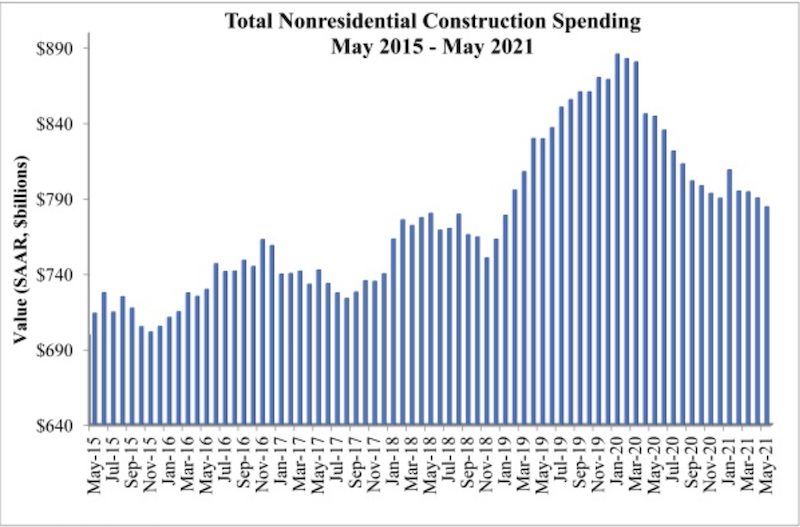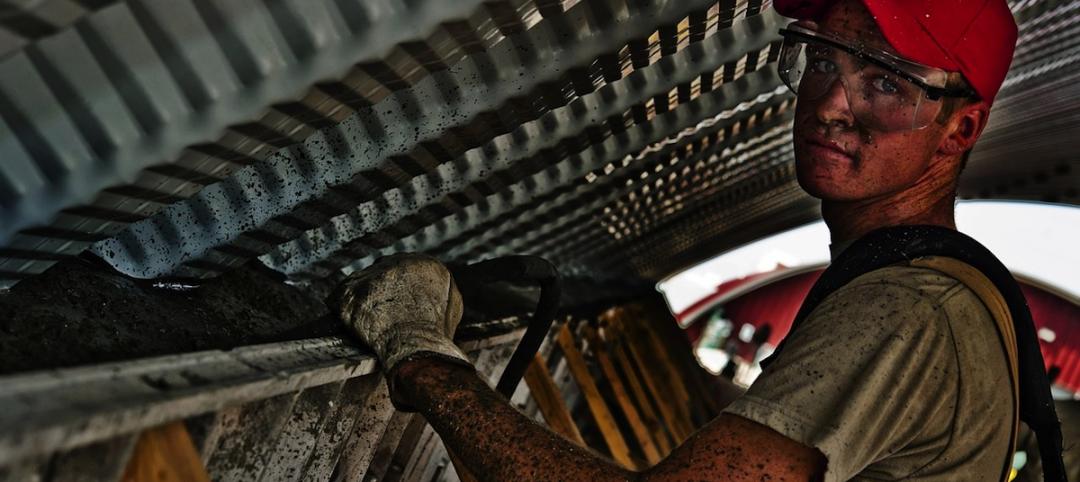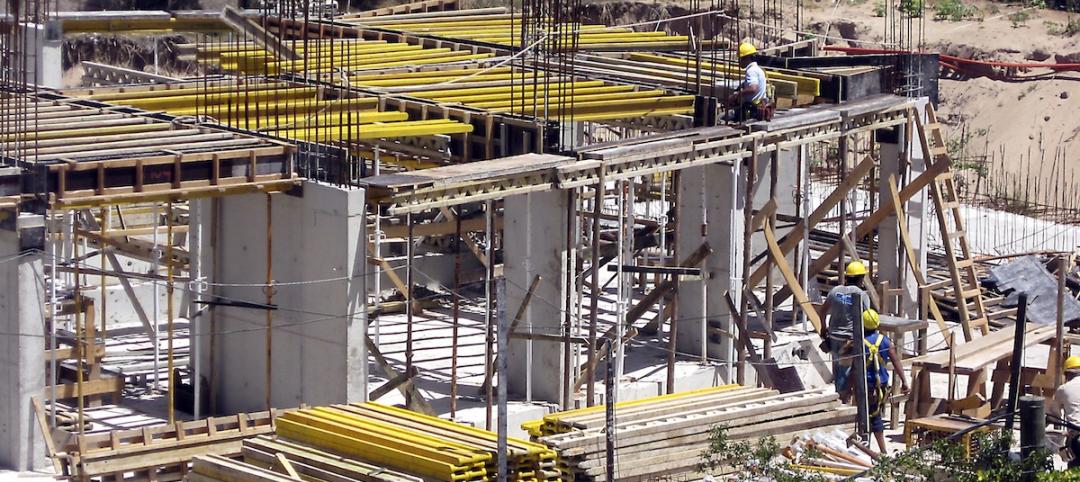In its first-quarter index of Construction Confidence, the Associated Builders and Contractors (ABC) found that 55% of contractors expected their sales to increase over the following six months, and only 19% thought their sales would decline in that period.
They might need to recalibrate their exuberance, in light of the trade group’s latest analysis of data published by the U.S. Census Bureau, which ABC released today. It estimates that national nonresidential construction spending in May, at $784.5 billion, was down 7.1% from the same month a year ago, and off 0.7% from spending levels in April 2021.
On a year-over-year basis, spending for every nonresidential category that ABC tracks, except sewage and waste disposal, was negative. Spending on public safety projects—which surged during the early months of the pandemic—showed the greatest decline in May, 39.6%, and lodging also took a big hit (off 23.3% to $22.6 billion). On the other hand, spending in May on healthcare construction, nearly $47 billion, was down only marginally, by 1.5%, compared to the same month a year ago.
WORKER SHORTAGES AND MATERIAL PRICING REMAIN PROJECT ROADBLOCKS

Construction spending for public safety and lodging projects showed the steepest declines in May compared to the same month a year ago.
A red-hot data center market hasn’t spelled more office construction, notes Anirban Basu, ABC’s Chief Economist. Basu also points out that while some private construction segments are struggling under the dislocating impacts of the pandemic, public nonresidential construction actually has declined more rapidly than the private sector over the past year.
Basu sees some hope for the future. Public construction spending should benefit from improvements in state and local governments’ financial conditions. But he tempers his predictions because of still-high construction materials prices and “deeply problematic” worker shortages. Basu expressed some concern, too, about the disproportionate amount of spending moving toward residential construction, which accounted for 41% of the pre-pandemic total and 49% in May.
Related Stories
High-rise Construction | May 6, 2015
Parks in the sky? Subterranean bike paths? Meet the livable city, designed in 3D
Today’s great cities must be resilient—and open—to many things, including the influx of humanity, writes Gensler co-CEO Andy Cohen.
Contractors | May 1, 2015
Construction workers among top U.S. drug users: study
Construction workers are topped only by miners when it comes to heavy drinking, according to a new study by the Substance Abuse and Mental Health Services Administration.
Multifamily Housing | May 1, 2015
Trade groups extend campaign to promote apartment living
The groups claim that there are more than 37 million Americans—12% of the population—living in just under 20 million apartment units nationwide. Apartments and their residents contribute $1.3 trillion annually to the economy.
Contractors | May 1, 2015
Nonresidential fixed investments fall in latest Construction Economic Update
This is the first time that nonresidential fixed investment declined since the first quarter of 2011, ABC reported. Nonresidential fixed investment had been rising by more than 4% on an annualized basis during five of the previous six quarters.
Contractors | Apr 29, 2015
Construction costs are expected to remain soft through fall of 2015
Labor and materials haven’t appreciated this year through April, according to market analyst IHS.
Contractors | Apr 23, 2015
Leopardo releases 2015 Construction Economics Outlook
Low oil prices have reduced the cost of construction, but not enough to offset the rise in labor costs, according to Leopardo's new outlook report.
High-rise Construction | Apr 23, 2015
Size matters in NYC, where several projects vie for the city’s tallest building honor
The latest renderings of 217 West 57th Street show a tower that would rise higher than the World Trade Center’s pinnacle, when elevations are included.
Multifamily Housing | Apr 22, 2015
Condo developers covet churches for conversions
Former churches, many of which are sitting on prime urban real estate, are being converted into libraries, restaurants, and with greater frequency condominiums.
Green | Apr 22, 2015
AIA Committee on the Environment recognizes Top 10 Green Projects
Seattle's Bullitt Center and the University Center at The New School are among AIA's top 10 green buildings for 2015.
BIM and Information Technology | Apr 21, 2015
Software tools shouldn't dictate the AEC process
With over 200 solutions on the market, construction software is one of the most complex and fragmented markets, writes Gensler's Mark Thole.

















